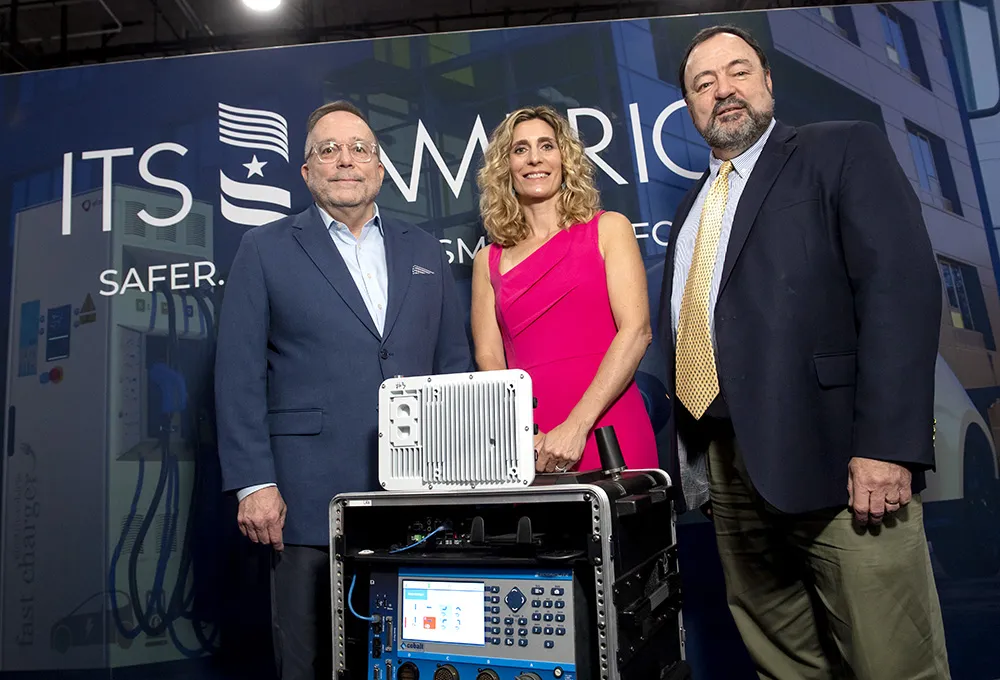
Just a few years ago, there was only one solution in terms of communications protocols for delivering vehicle connectivity – logically, it would have to be based on dedicated short-range communication. Now, road operators and vehicle manufacturers have choices. We examine some of these in ‘The numbers game’ (p28).
Supporters of ITS-G5 rightly point out that we still have a fair bit of time to wait before 5G will be available. But this is a long process and closing off options now makes no sense. 5G will arrive at some point – but, of course, so will other technologies.
It is an issue which is causing furrowed brows in Brussels, as European lawmakers are considering the issue of cooperative ITS right now (p15). The C-ITS Delegated Act might be best thought of as the start of a major debate over where the ITS industry – and C/AVs in particular – are headed in Europe. This secondary legislation aims to set out a framework to ensure that C-ITS services – which are already being deployed – work coherently with one another now, and in the future.
This latter point is vital to promote certainty when it comes to investment. The Act aims to hammer home the idea that technologies are interoperable and that backward-compatibility means that they are future-proofed. Crucially, the Act requires development to be technology-neutral. Some vehicle manufacturers are currently hedging their bets between ITS-G5 and 5G. From a commercial point of view, that seems eminently sensible. But there’s nothing to stop deployment of both, whatever some of the players might be saying.
There is disagreement around specifics of the Act, but there is also significant common ground. No technologies are going to be frozen out and making sure everything works together is the only way forward.
One industry insider told ITS International: “It has got a little tribal recently.” Well, that needs to stop. We’re on the same team. Saving lives will be the ultimate end, something with which we can all get on board.










